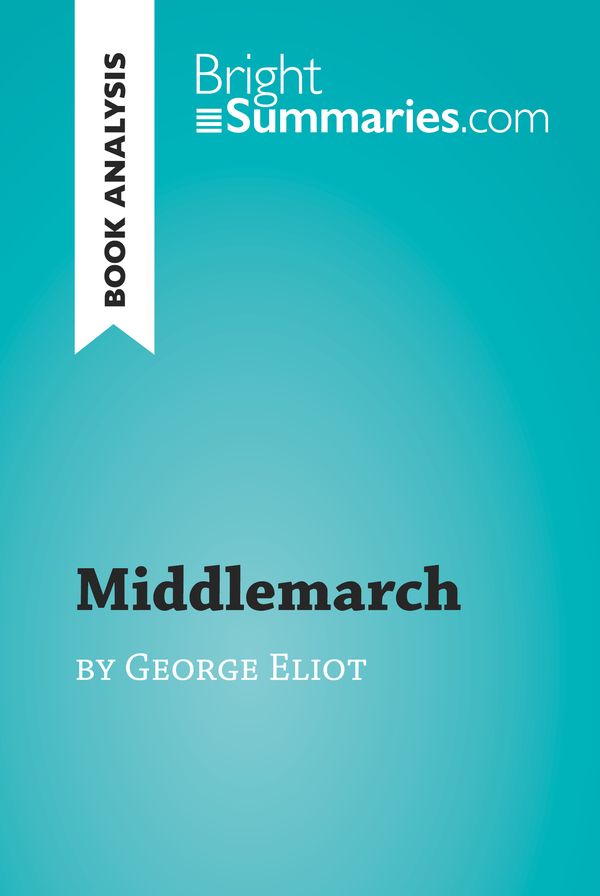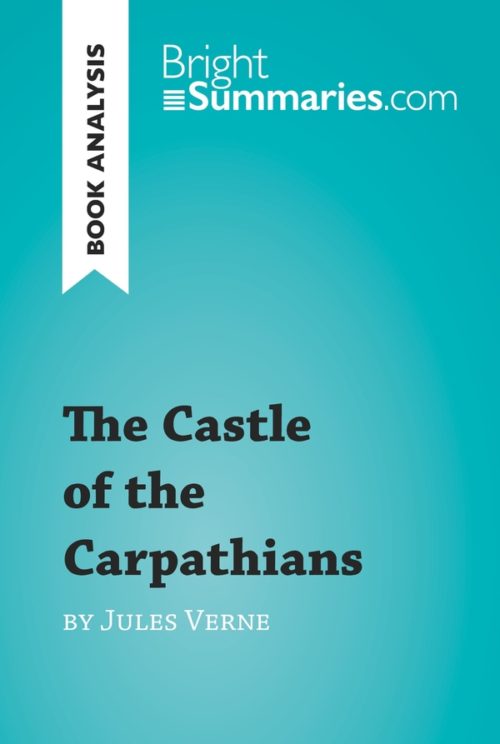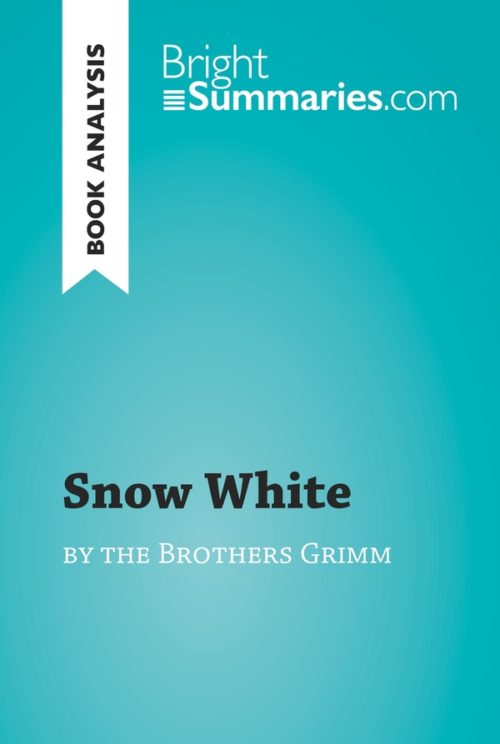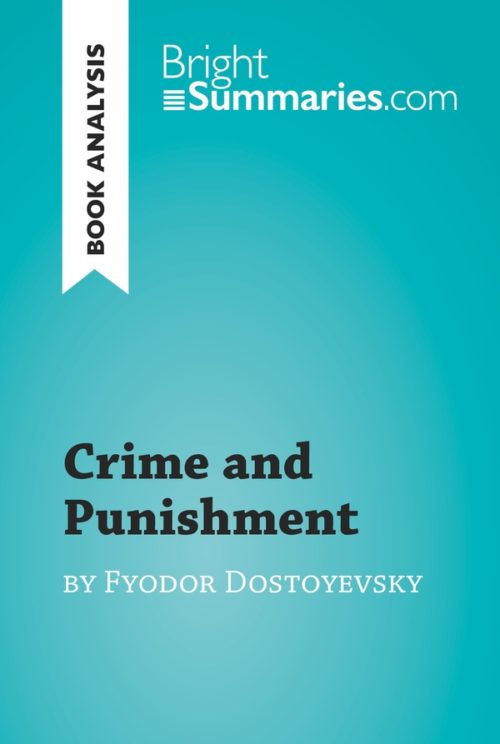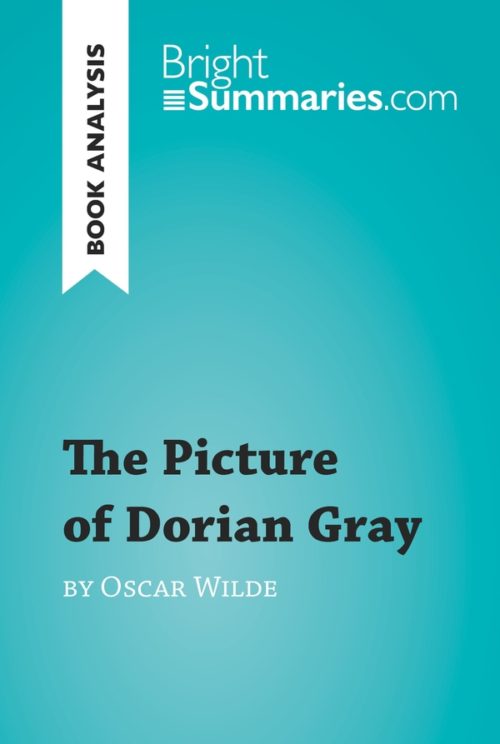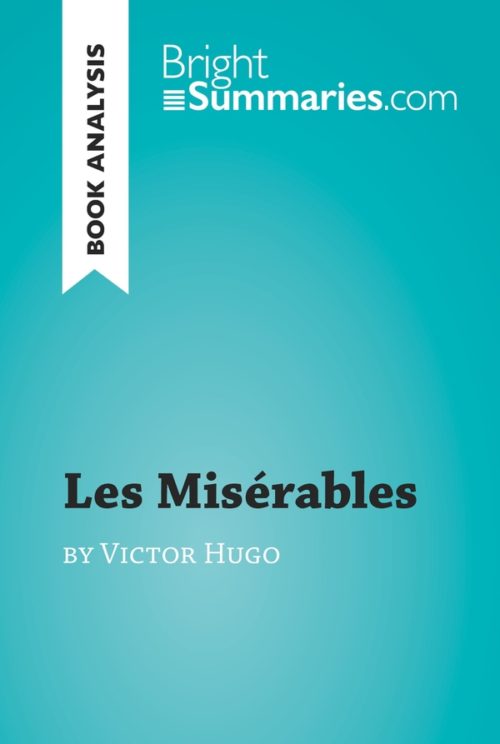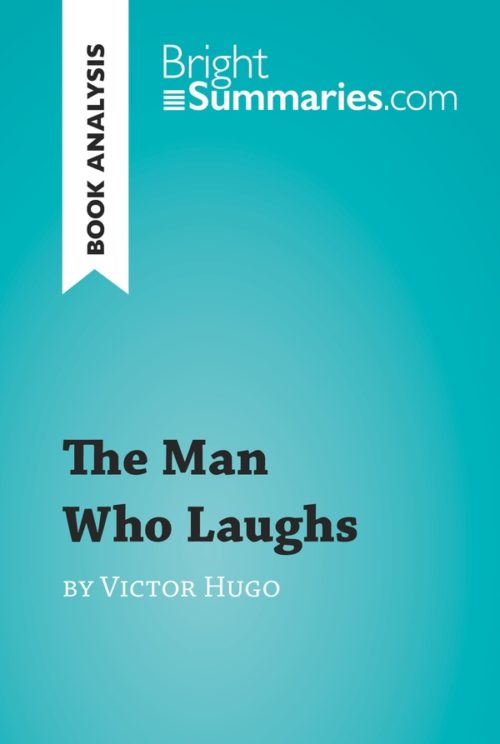Middlemarch by George Eliot (Book Analysis)
Middlemarch by George Eliot (Book Analysis)
Detailed Summary, Analysis and Reading Guide
Read more
This practical and insightful reading guide offers a complete summary and analysis of Middlemarch by George Eliot. It provides a thorough exploration of the novel’s plot, characters and main themes, as well as a useful discussion of Eliot’s approach to narrative and characterization. The clear and concise style makes for easy understanding, providing the perfect opportunity to improve your literary knowledge in no time.
This clear and detailed 48-page reading guide is structured as follows:
- Biography of George Eliot
- Presentation of Middlemarch
- Summary of Middlemarch
- Character study
- Dorothea Brooke
- Edward Casaubon
- Will Ladislaw
- Tertius Lydgate
- Rosamond Vincy
- Fred Vincy
- Mary Garth
- Nicholas Bulstrode
- Analysis of Middlemarch
- Narration
- Characterization
- Realism
About Middlemarch
Middlemarch is George Eliot’s fifth novel and is considered by many critics to be her masterpiece, as well as one of the greatest English novels ever written. It follows two idealistic characters, the wealthy, beautiful, intelligent Dorothea Brooke and the principled doctor Tertius Lydgate, whose great aspirations are never realized. The novel stands out for its nuanced characterization, acute psychological insight and accomplished realistic portrayal of a 19th-century provincial town, and the themes it explores remain relevant today.
About George Eliot
George Eliot is the pen name of Mary Ann Evans. Evans grew up in Warwickshire, where her father was an estate manager. From an early age, she refused to be bound by convention: in 1846, she translated the German liberal protestant writer David Strauss’s The Life of Jesus, which scandalized her contemporaries as it denied the veracity of many of the miracles recounted in the New Testament, and she shocked literary London by openly living with a married man. She is remembered as one of the key figures in literary realism, as exemplified in her novels, including The Mill on the Floss, Silas Marner and Middlemarch.
Product details
| ISBN | 9782808015011 |
|---|---|
| Publisher | Plurilingua Publishing |
| Collection | Brightsummaries.com |
| Format | |
| Pages | 48 |
| File size | 2.1 MB |

